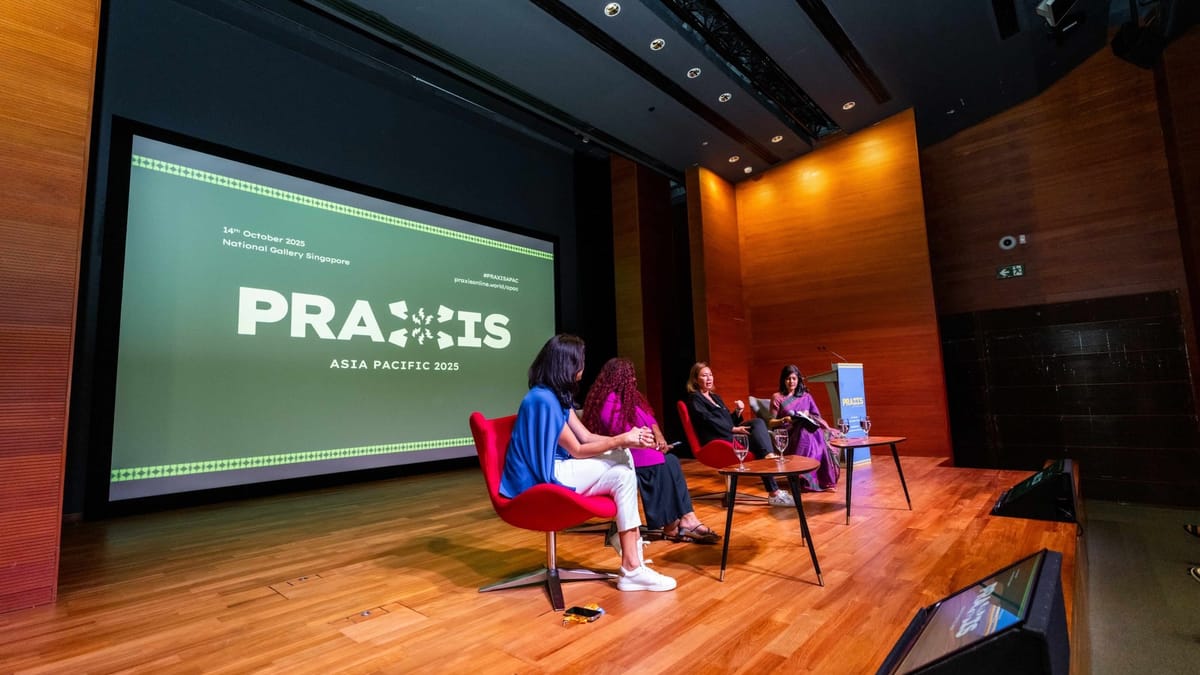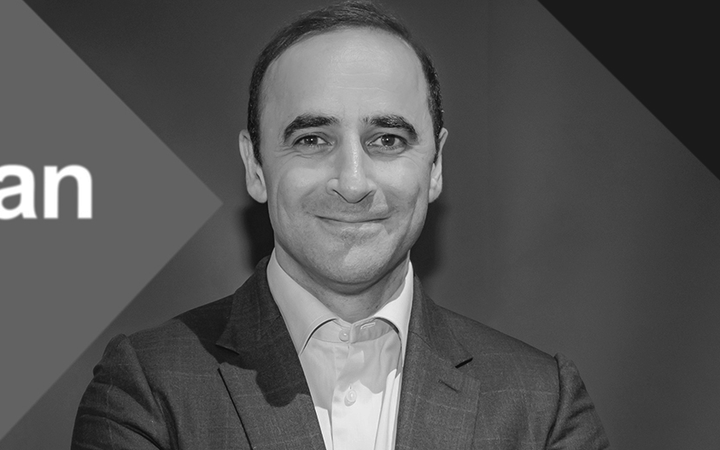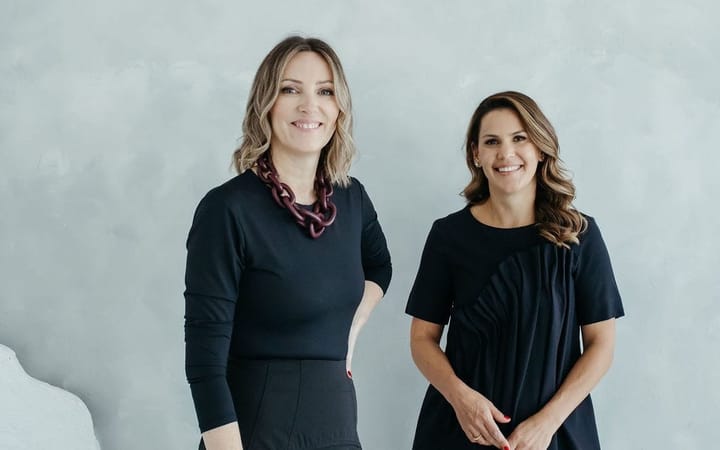PRAXIS A-P: “It’s all about wanting proof, not promises”
Facing pressure to prove impact, leaders from Haleon, Heineken, Kellanova and Airwallex told PRAXIS Asia-Pacific that corporate affairs is being reinvented — from message control to strategic impact and resilience, even if that means losing control.

Across industries, corporate affairs teams are being restructured, merged, or redistributed — even as expectations rise. Yet at PRAXIS Asia-Pacific, senior communicators reframed this disruption not as decline but as opportunity. In a conversation led by APACD president and Haleon corporate affairs head Shweta Shukla, a panel of corporate affairs heavyweights described a function moving from the margins of messaging to the centre of business strategy.
“It’s all about wanting proof and not promises,” said Heineken corporate affairs chief Erin Atan. “Never before have we been on the frontline so much — with trust, with ESG. The importance of corporate affairs in regulated industries is becoming even more pronounced.” For her, the function’s relevance now lies in quantifiable contribution. “One of our STIs is revenue per hectolitre,” she added. “This is really about corporate affairs impacting the P&L … it’s no longer communicators, it’s not just shapers.”
Mae Loon, corporate affairs head at Airwallex, argued that this accountability demands broader ambition. “The job description is not the job,” she said. “Think about the buckets you want to influence. There’s an opportunity to align sales with what you are doing — are you opening doors for business, and then closing the door to make sure the deals close?” Corporate affairs, she suggested, can and should affect commercial outcomes directly.
For Kellanova corporate affairs senior director Rimmi Harindran, reinvention also requires personal evolution. “We’ve evolved from being the voice keepers to internal sirens,” she said. “We are in a role that is enabling strategy and building resilience in a high environment of change. I also feel we’ve evolved as people, because working in change it’s not about having control — but also losing control.” That human dimension, she added, is integral to sustaining credibility in volatile contexts.
All four speakers stressed that the modern corporate affairs leader must be as fluent in numbers as in narratives. “Be fluent in finance, be fluent in the business,” said Loon. “If I walked into any exec meeting and didn’t know the numbers on non-performing loans, I couldn’t walk in.” Atan was unequivocal: “You have to be fluent in ESG. You have to be data fluent. If there’s one key thing that is non-compromised, it’s data. Corporate affairs people tend to be great storytellers — but you’ve got to learn data really, really well because it helps you assess and analyse stakeholders’ signals.”
Metrics, Harindran added, must also expand beyond social engagement to capture strategic value. “Imagine if you are able to link qualitative aspects with quantitative indices,” she said. “That’s really the ultimate way we would like to measure — licence to operate, talent retention, stakeholder engagement.” Atan summed up the complexity of this shift: “We are schizophrenic — part strategist, part influencer, part storyteller. You have to be fluent in policy, in ESG, data fluent.”
Rather than seeking stability, Loon argued, practitioners should embrace agility. “I wouldn’t redesign it,” she said. “I would encourage everybody to flex with change. Be really agile, have a growth mindset. This function is going through a lot of change — every company has their own version of what they want from corporate affairs. As a function, let’s support everyone.”
That flexibility, said Harindran, should extend to redefining purpose itself: “It would be good to reframe the purpose from reputation owners to a function that drives impact, trust and builds resilience. The minute you transform the purpose of the function, it changes the way you hire. I like to imagine ourselves as resilience engines.”
The importance of generational renewal cannot be understated either. “It’s not about reshaping corporate affairs. But I would invite communicators to think about how you are building the next gen as leaders. How are you exposing them to all of this — really important, can’t-be-taught-in-school opportunities. Are we doing enough to bring the next gen to the table?”
Harindran added that the next phase of capability-building will come from lived experience and simulation, not instruction alone. “All of us have evolved in our careers,” she said. “We did have the grounding, but we evolved with real-life experiences. These days with AI and technology, there are many more opportunities to build simulations in crisis handling and stakeholder management. With the help of industry, bringing some real-life examples to the forefront and giving hands-on experience would help the teams.”
Ultimately, the panel offered a measure of hard-earned optimism. Corporate affairs can and should be redefined by strategic integration, but this shift can only be measured in terms of value creation. At a time of relentless change and scrutiny, the function’s relevance will depend on proving its impact.




Comments ()